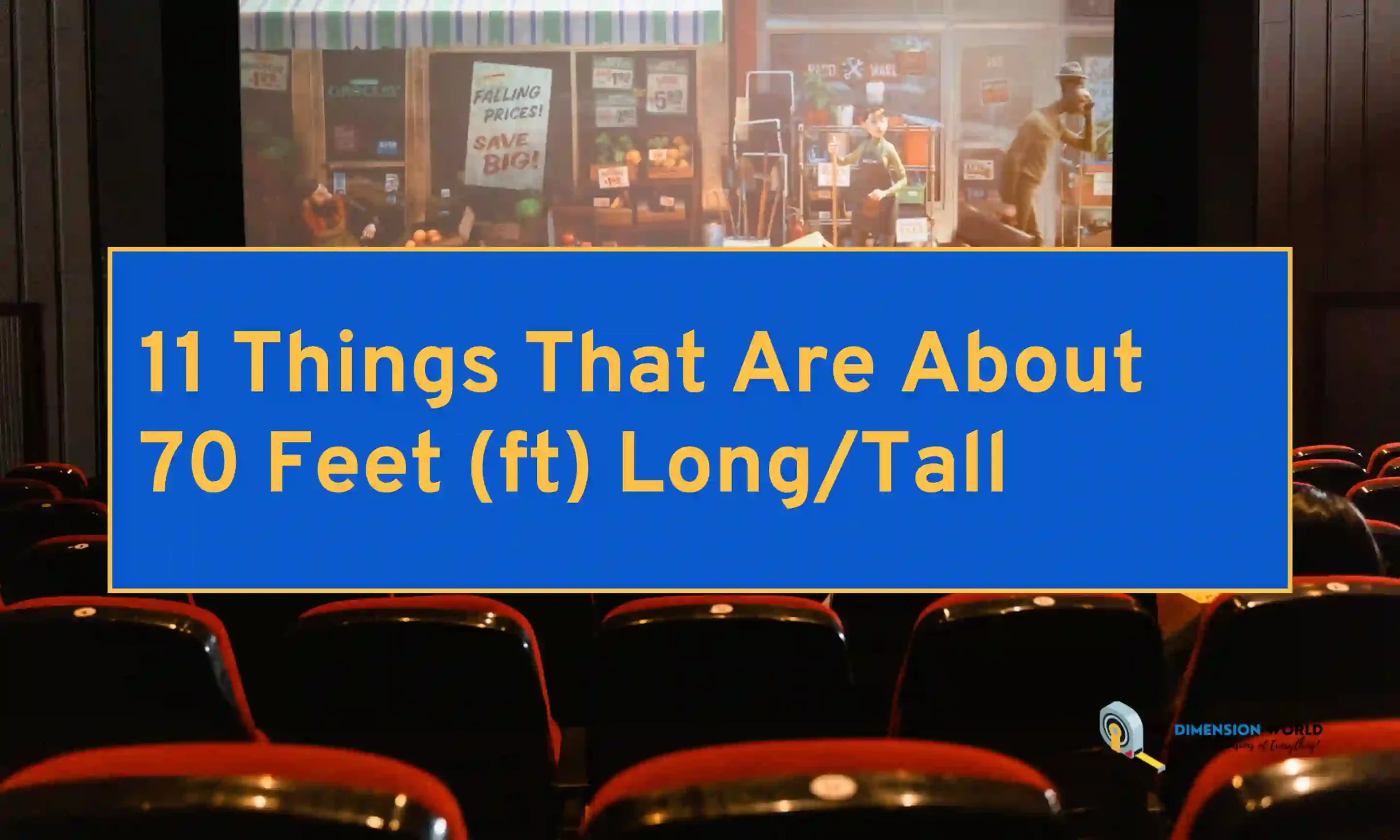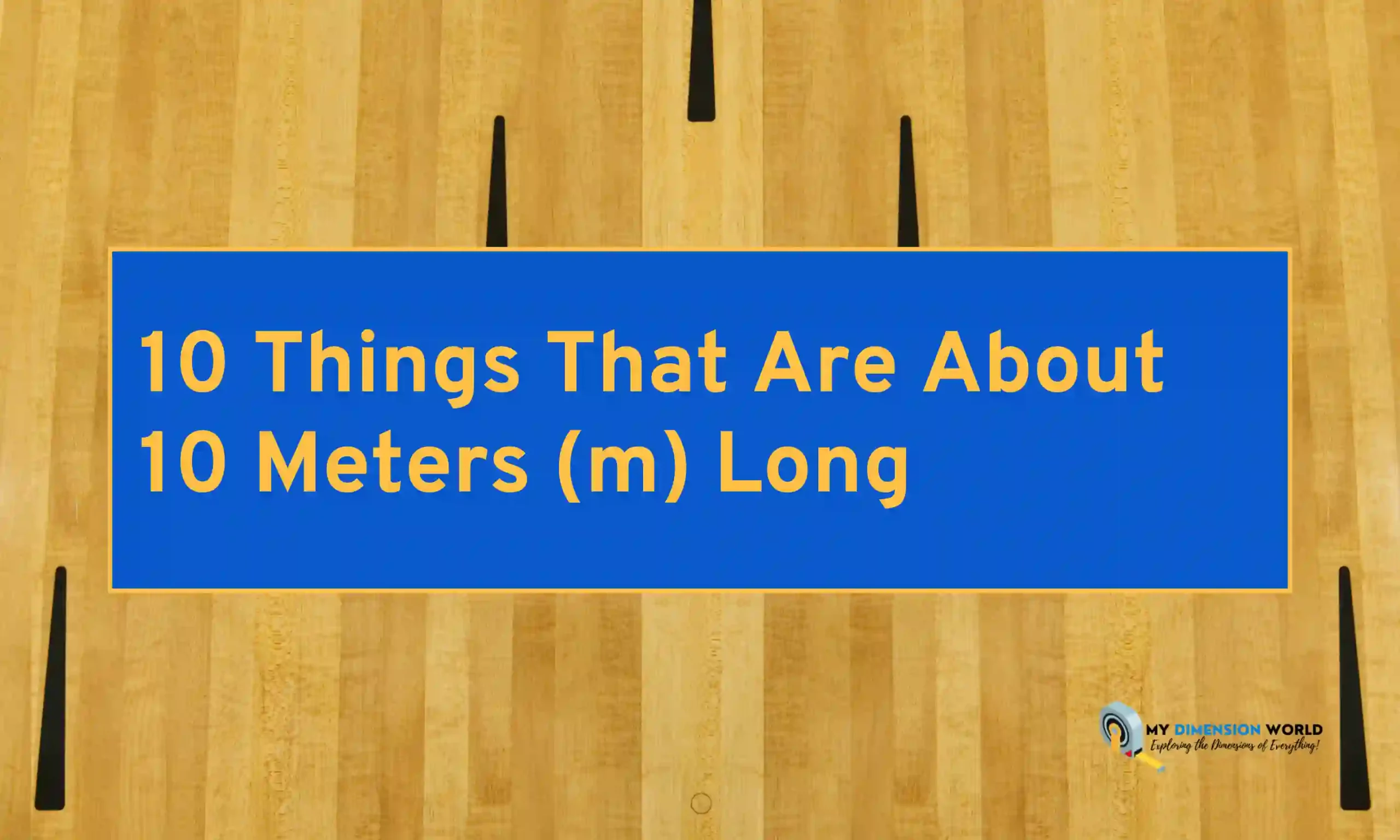Many common things in our world measure around 70 feet long or tall, from commercial airplanes to blue whales.
Understanding the size of these objects can help us gain a better perspective on our surroundings and appreciate the majesty of nature and human engineering.
Additionally, understanding these measurements is helpful for various practical purposes, such as construction planning, transportation logistics, and emergency response. In this blog, we’ll discuss some of the best fit under 70 feet. So, let’s begin!
1. Commercial Airplanes (Wingspan)
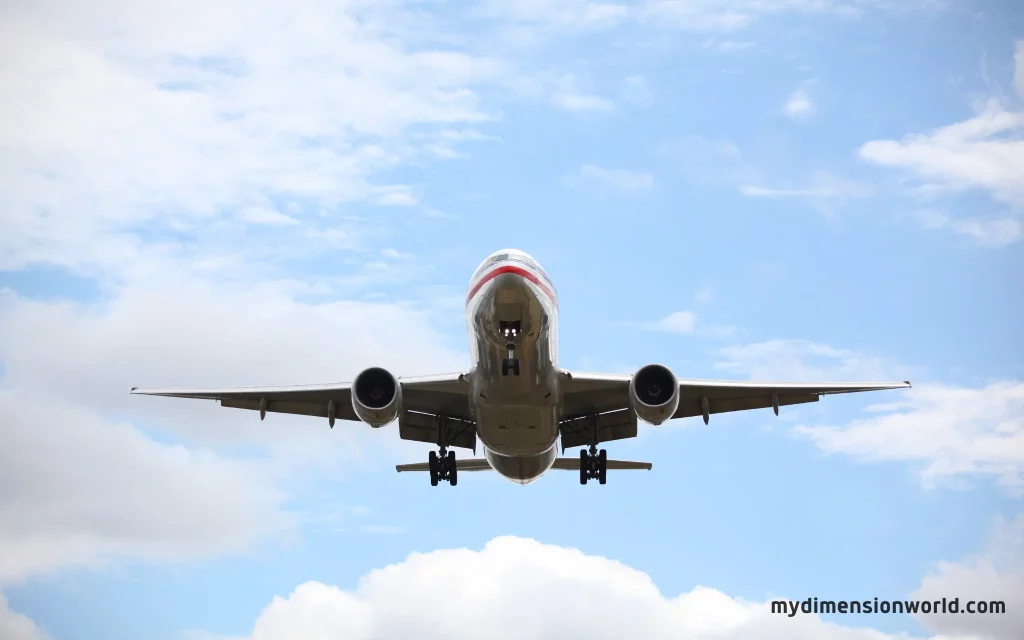

Commercial airplanes are essential to modern-day transportation, connecting people and goods worldwide.
Commercial airplanes’ wingspans usually range from 100 to 200 feet, with the most significant aircraft, the Airbus A380, having an approximate wingspan of 262 feet.
However, many airplanes have wingspans around 70 feet. For example, the Boeing 737-700 has a wingspan of about 112 feet, while the Embraer E170 has a wingspan of about 85 feet.
Aircraft manufacturers design commercial airplanes with specific wing shapes and sizes to optimize fuel efficiency and lift capabilities.
The larger the wingspan, the more lift an airplane can generate at slower speeds, which is crucial during takeoff and landing.
2. Tractor-Trailer Trucks (Length)
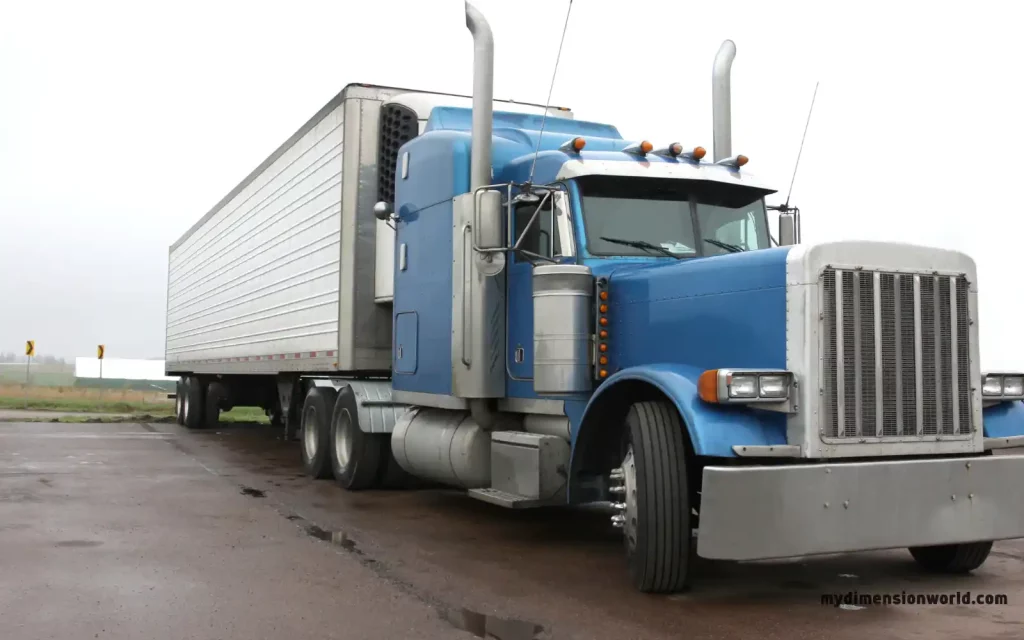

Tractor-trailer trucks are heavy-duty vehicles that transport goods over long distances on highways or interstates. They consist of two parts: the tractor and the trailer, hence the name.
The length of tractor-trailer trucks varies depending on the trailer type. The most common type of trailer is a dry van, about 53 feet long.
However, some states have maximum length restrictions for commercial vehicles that limit the length of trailers to less than 53 feet.
Tanker trucks for carrying liquids like gasoline or milk can be around 70 feet long, while flatbed trailers for taking large equipment or building materials can be up to 60 feet long.
Tractor-trailer trucks also come with different types of engines and transmissions, and their load capacities vary depending on their design.
The engine power and transmission system help determine how much weight a truck can safely carry and how fast it can travel on highways.
4. The Length of Olympic-Sized Swimming Pools
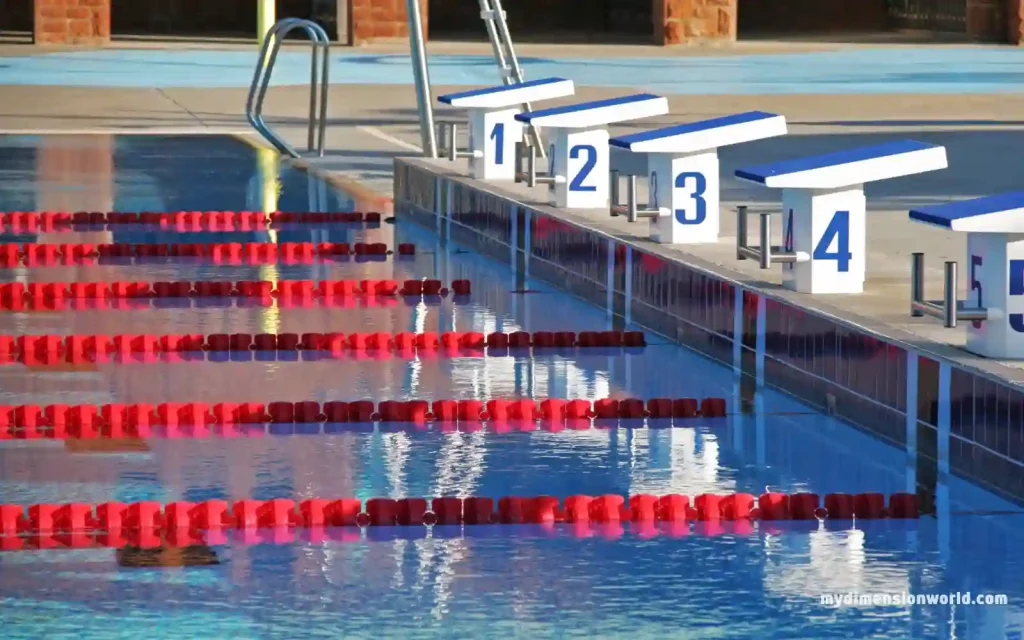

Swimming is a popular sport with millions of enthusiasts worldwide. However, not all swimming pools are created equal.
The official size of an Olympic swimming pool is 50 meters long, 25 meters wide, and at least two meters deep, which is about 70 feet long.
The size and design of an Olympic-sized pool are based on the needs of competitive swimmers to ensure accurate timing records, good turns, and adequate space for multiple swimmers to compete at once. It also requires a lot of water: around 660,000 gallons.
Apart from the Olympics, professional swimming competitions also use this size standard in their events.
Many public pools have also adopted this design to give their patrons a taste of what swimming in an official competition-level facility feels like.
5. The Width of Football Fields
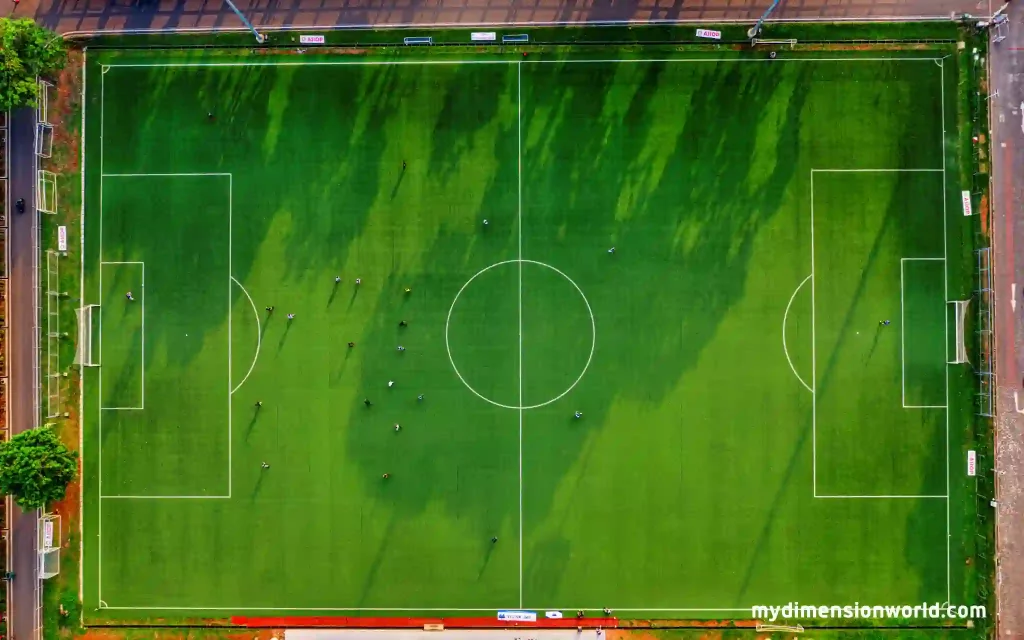

Football fields are one sport where width matters more than length because it determines how much open space there will be between linesmen across the field during playtime.
A regulation American football field has a total length of 120 yards (110 meters), but the distance between end zones is 100 yards (91.44 meters). The width of a football field is 53.33 yards (48.76 meters), equivalent to about 160 feet and 6 inches or approximately half the length of a soccer pitch.
Football fields are typically made from natural grass or artificial turf, and they vary in quality and maintenance levels across different leagues, colleges, and stadiums.
The NFL has specific rules regarding field maintenance, including measurement tools to ensure consistent field dimensions in each stadium where games are played.
Sports enthusiasts appreciate having standard measurements for their favorite sports to maintain competition fairness.
Knowing that Olympic-sized swimming pools are approximately 70 feet long, tennis courts run almost 80 feet long, and football fields have a width of about 160 feet can help people understand how much space is needed for these activities.
6. Wind turbines (blade length)
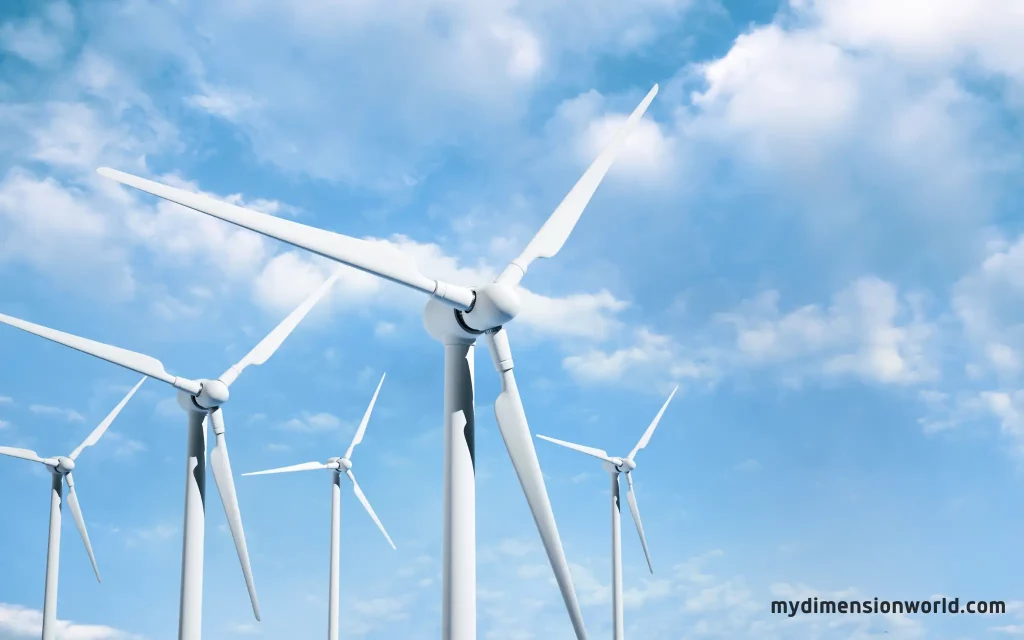

Wind turbines are essential renewable energy sources because they use wind power to generate electricity without producing greenhouse gases or other pollutants that contribute to climate change.
Wind turbine blades typically measure 70-80 feet long, with some models exceeding 100 feet long.
The blade’s length on wind turbines directly relates to their energy capture efficiency. Longer blades mean more surface area for catching incoming winds, which results in higher electricity production rates from each turbine.
In addition to their blade length, wind turbines’ heights can range from around 100-400 feet tall, depending on their location and intended use.
Some more giant turbines can even surpass 500 feet in height when installed offshore, where stronger winds prevail.
7. Movie Theater Screens


When you go to the movies, you will likely see a screen about 70 feet wide. This is because most movie theaters use screens 50-100 feet wide, with the average being around 70 feet.
The screen size can vary depending on the theater, but it is always important to have a large screen so everyone can comfortably see the film.
Movie theater screens are so large to create an immersive experience for viewers. When you watch a movie on a big screen, you feel like you are part of the action. It also allows for better picture quality, as there is more space for details to be shown on the screen.
8. Concert Stages/Platforms
Concert stages and platforms can range in size depending on the venue and event type. However, many concert stages are about 70 feet in width and 40-60 feet in length. This allows for enough space for performers to move freely while accommodating large crowds.
The size of concert stages has evolved as technology has advanced and performances have become more elaborate.
Modern designs feature intricate lighting designs, multiple levels, platforms, props, and special effects.
9. Blue Whales (Length)
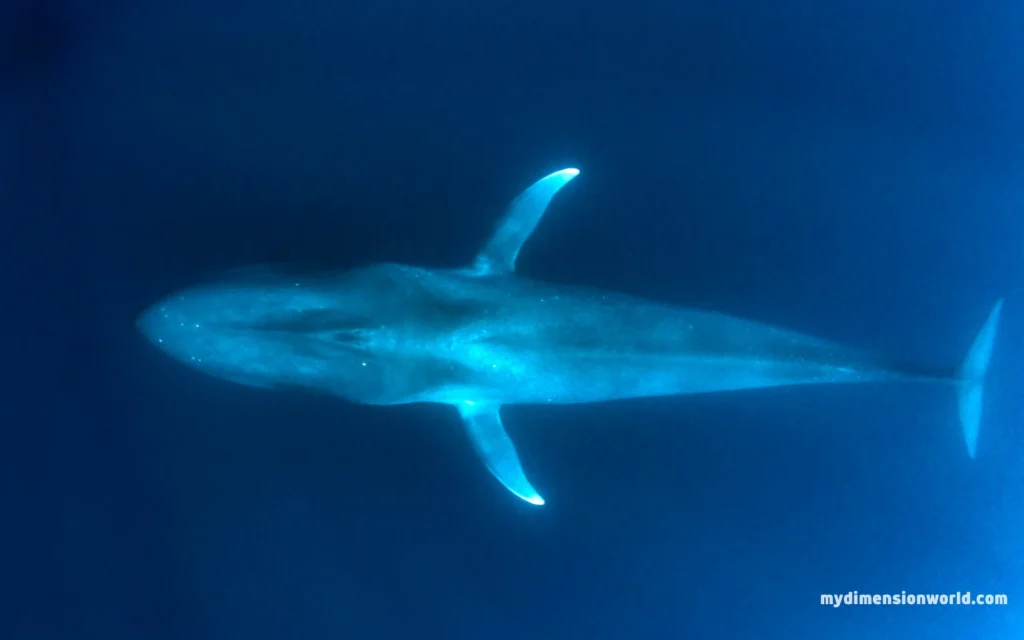

The Blue whale is the largest mammal on earth, measuring up to 100 feet long. However, its average size is about 70-80 feet long.
These magnificent creatures are found in the deep ocean waters around the world. Blue whales feed on tiny shrimp-like creatures called krill, which they consume in large quantities throughout the day despite their massive size.
Blue whales have streamlined bodies that help them swim effortlessly through the water. Their skin color is usually bluish-gray with mottled patterns. This helps them blend into their environment and avoid predators such as killer whales and sharks.
They can hold their breath for up to 20 minutes before coming to the surface to breathe air through their blowhole.
Sadly, Blue whale populations have been declining due to commercial fishing practices that inadvertently injure or kill these gentle giants.
10. Giant Sequoia Trees (Height)
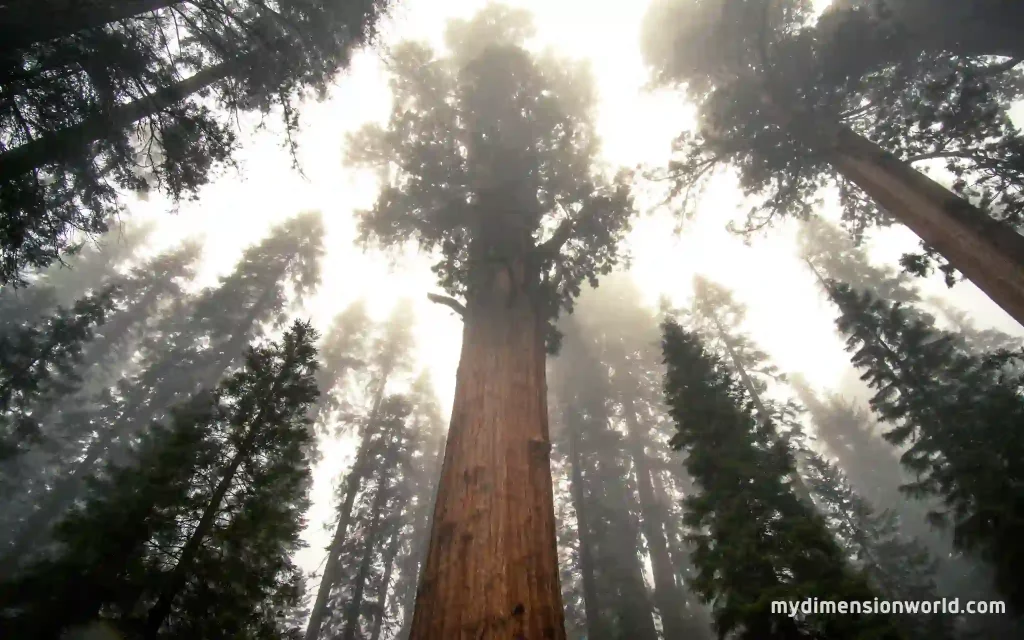

Giant Sequoia trees are among the tallest trees in the world, reaching up to 311 feet tall. However, their average height is about 70-80 feet.
These trees are found only along California’s western slopes of the Sierra Nevada range. Giant Sequoias are tall and massive; they can grow up to a diameter of 40 feet at their base.
Some of these trees are also known for being over two thousand years old. These magnificent trees are essential in providing habitat for various animals, such as deer, squirrels, owls, and bats.
11. Tornadoes (Width)
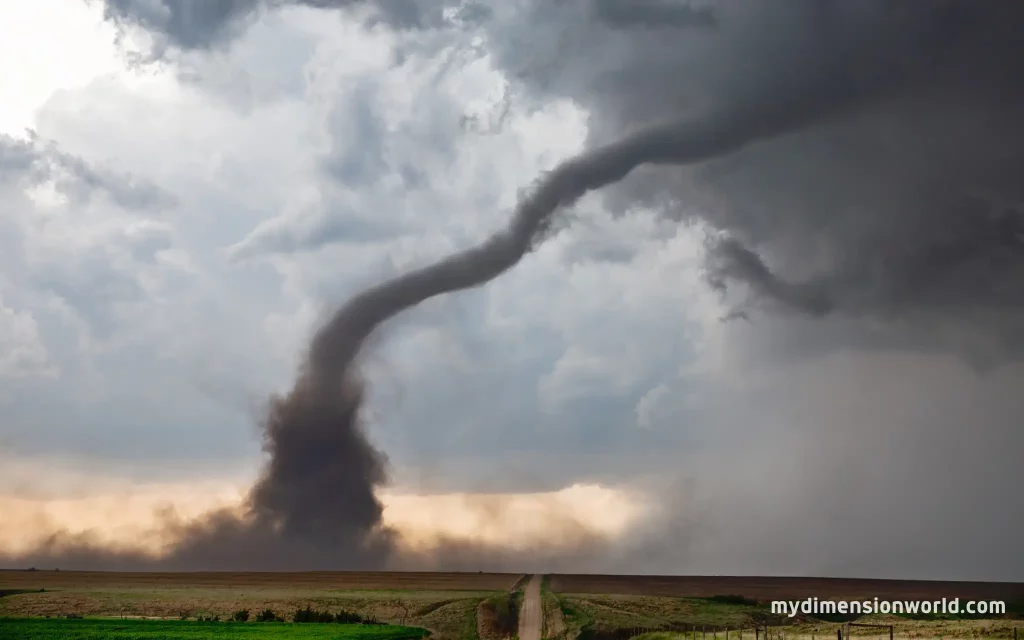

Tornadoes are devastating natural disasters characterized by strong rotating winds that often destroy property and loss of life.
Although tornadoes don’t have a fixed width since they vary widely depending on the storm’s intensity, they can be about 70-80 feet wide on average. Tornadoes are formed when warm, humid air rises from the ground and meets with cold, dry air from a different direction.
When these two air masses collide, they create a spinning funnel cloud that descends to the ground and causes destruction in its path.
Tornadoes can occur anywhere in the world, but they are most common in regions known as Tornado Alley, which includes parts of the central US where conditions for their formation are favorable.
Conclusion
After exploring the 25 everyday things about 70 feet long/tall, it is clear that these objects and structures play a significant role in our daily lives.
These items have impacted our society, from transportation to entertainment, architecture to military defense, and nature to science and technology.
When we encounter these objects in our everyday lives, it is important to note their size and purpose. Understanding their dimensions can help us appreciate the engineering behind them or give us perspective on the world around us.

